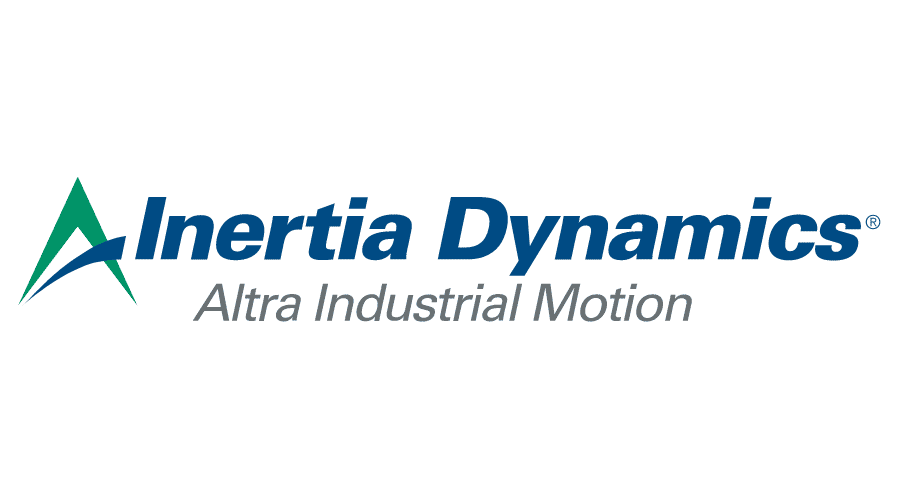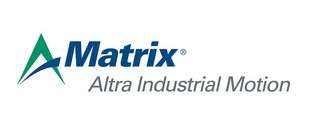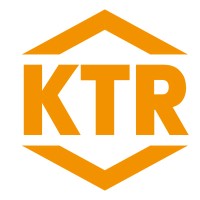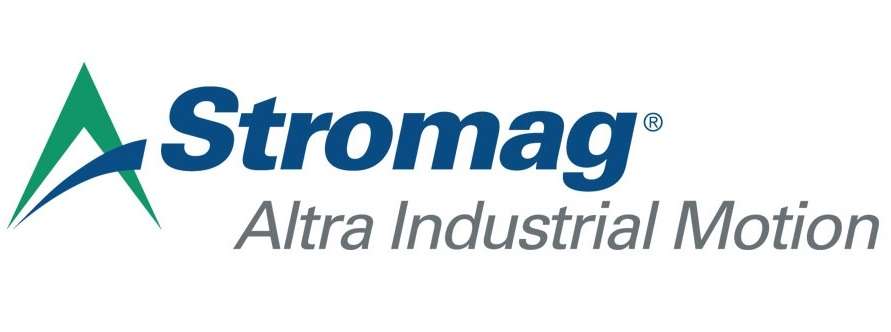
Brakes
A brake is a mechanical device that absorbs the mechanical energy of a system to reduce its speed or stop it entirely by a friction force. The absorbed mechanical energy is converted into heat energy. Brakes are generally applied to rotating axles or wheels but may also take other forms, such as the surface of moving fluid: flaps deployed into water or air.
HVH offers a wide range of brakes, including frictional, electromagnetic, hydraulic, disk, and emergency. They can be used for electric motors, pumps, much hybrid gasoline/electric vehicles. We also offer brakes that require exact positioning, including imaging, robotics, printing, and labeling.
HVH Industrial works with manufacturers' specialized engineering teams to meet our customers' requirements and highest quality standards.
If you have any questions, write us via live chat (one of our team members will answer your questions), give us a call, or send us a quote request. The HVH team is always ready to help you.
 1(866)577-4040
1(866)577-4040
or
Brakes
Manufacturers
What is a Brake
A brake is a mechanical device that slows down or stops the motion of a machine. Brakes are used in various machines, from bicycles to cars to industrial machinery.
Industrial brakes are typically used for heavy-duty applications such as conveyor systems, cranes, hoists, elevators, etc. Brakes are usually designed to be fail-safe, meaning that when power is lost, the brakes will activate and stop the system from moving.
The most common type of brake used in industrial applications is the friction brake which provides friction between two surfaces, usually metal, which causes the machine to slow down or stop. Friction brakes are used to slow down or stop conveyors, presses, hoists, cranes, and other industrial machines. Friction brakes can be classified as electromagnetic, hydraulic, and spring-applied.
Types of Brakes
Spring-Applied Brakes
Spring-applied brakes use a spring-loaded mechanism to apply a braking force on a rotating shaft. When the brakes are activated, the spring is compressed, causing the brakes to clamp down on the shaft and create friction, slowing the rotation of the shaft. The braking force depends on the spring's size and the amount of pressure applied. Spring-applied brakes are used in various applications, including industrial machinery, vehicle brakes, and aircraft brakes. They are easy to install and maintain, relatively inexpensive, reliable, durable, and able to provide a consistent braking force. However, they can be challenging to adjust and prone to failure if not properly maintained.

Electromagnetic Brakes
Electromagnetic brakes are the most common type of industrial brakes. An electromagnetic brake uses electric current to generate a braking force on a rotating shaft. The brake converts electrical energy into mechanical energy, slowing or stopping the shaft. An electromagnetic brake works by creating a magnetic field around the rotating shaft. When an electric current is applied to the brake, the magnetic field produced by the brake attracts a metal disc that presses against the shaft, creating friction and slowing the rotation of the shaft. The amount of current determines the strength of the brake applied, making them highly adjustable.

Hydraulic Brakes
Hydraulic brakes are a type of braking system that uses the force of hydraulic fluid to transfer pressure from the braking pedal to the brakes themselves. They are commonly used in automobiles, motorcycles, and bicycles, as well as in many industrial applications. A hydraulic brake system consists of a master cylinder that pushes hydraulic fluid through the brake lines to the brake calipers. The calipers act as a clamp, squeezing the brake pads against the brake rotor. This clamping action creates friction between the rotor and the brake pads, slowing or stopping the machine.

Servo Brakes
Servo brakes are used to provide precise and repeatable stopping power. The components of a servo brake system are a servo motor, a servo amplifier, and a brake. The servo motor is usually an electronically controlled device that rotates a shaft to create torque. The servo amplifier amplifies the signal sent from the servo motor to the brake. The brake is the device that stops the motion of the motor.
They are typically used in applications where the speed needs to be controlled very precisely, such as in conveyor systems, packaging machines, and other automated equipment. Servo brakes are also used in applications requiring frequent and repeated stops, such as in automotive assembly lines.












.png)



